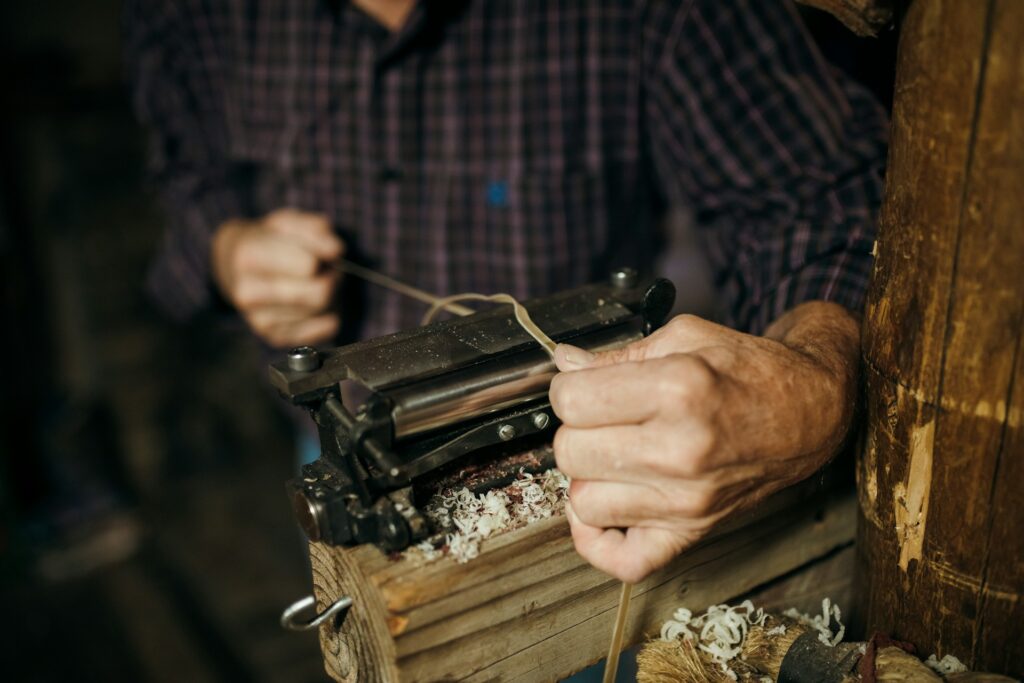Current transducers are essential devices in modern electrical systems. They help us measure and monitor electric currents accurately and efficiently. Without current transducers, managing and controlling electrical systems would be much harder.
This article explains what current transducers are, how they work, and their various applications.
What Are Current Transducers?
A current transducer is a device that converts electrical current into a measurable signal, such as a voltage or digital output. This signal can be read by instruments or control systems. Current transducers are different from similar devices because they specifically measure current, while others might measure voltage or resistance.
Types of Current Transducers
Here are the various current transducer types.
Hall Effect Transducers
Hall Effect transducers work based on the Hall Effect principle, which involves measuring the voltage difference created when a magnetic field is applied to a conductor. These transducers are widely used because they can measure both AC and DC currents accurately. They are commonly found in industrial automation and automotive applications.
Rogowski Coils
Rogowski coils are made of a helical coil of wire wrapped around a conductor. They work by detecting the magnetic field generated by the current flowing through the conductor. Rogowski coils are flexible and can measure large currents without saturating. They are often used in power monitoring and energy management systems.
Current Transformers (CTs)
Current transformers (CTs) operate by transforming the primary current flowing through a conductor into a smaller, more manageable secondary current. They are commonly used in high-voltage applications, such as power distribution and transmission, because they provide accurate measurements without directly interfering with the high-voltage circuit.
Shunt Resistors
Shunt resistors measure current by detecting the voltage drop across a known resistance. They are simple and inexpensive but are best suited for low-current measurements. Shunt resistors are commonly used in electronic devices and small-scale applications.
How Current Transducers Work
Current transducers work by converting electrical current into a signal that can be easily measured. This conversion process involves detecting the current, conditioning the signal, and providing an output that can be read by other devices.
Components of Current Transducers
Here are the inner workings of current transducers.
Sensing Element
The sensing element is the part of the transducer that detects the current. Different materials are used depending on the type of transducer, such as semiconductor materials in Hall Effect transducers or wire coils in Rogowski coils. The accuracy of the measurement largely depends on the quality and design of the sensing element.
Signal Conditioning Circuit
The signal conditioning circuit processes the raw signal from the sensing element. It amplifies, filters, and converts the signal into a usable form.

For instance, it might convert a small voltage signal into a larger voltage signal or a digital signal that can be read by a computer. This step is crucial for ensuring accurate and reliable measurements.
Output Interface
The output interface is how the transducer connects to other devices, such as meters, controllers, or data loggers. Outputs can be analog, such as a voltage or current signal, or digital, such as a serial communication signal. The type of output depends on the application and the system requirements.
Applications of Current Transducers
Uncover the wide-ranging uses of current transducers. See how they benefit industries and everyday life.
Industrial Applications
In industrial settings, current transducers monitor and control machinery. They help maintain efficiency and safety by providing real-time data on motor currents and electrical loads. This data is essential for energy management, predictive maintenance, and fault detection.
Consumer Electronics
In consumer electronics, current transducers are used in power supplies and battery management systems. They ensure that devices operate safely and efficiently by monitoring the current flow. This is important for preventing overheating, short circuits, and battery overcharging.
Renewable Energy Systems
Current transducers play a vital role in renewable energy systems, such as solar and wind power. They help manage the integration of renewable energy into the grid by monitoring the current produced by solar panels or wind turbines. This ensures that the energy is used efficiently and that the system remains stable.
Automotive Industry
In the automotive industry, current transducers are used in electric and hybrid vehicles. They monitor battery performance and manage the power flow to various vehicle components. This is crucial for optimizing battery life, improving vehicle efficiency, and ensuring safe operation.
Advantages and Limitations
Here are the strengths and weaknesses of current transducers.
Advantages
Current transducers offer several advantages, including high accuracy and reliability. They can measure a wide range of currents, from very small to very large. Additionally, many transducers use non-intrusive methods, meaning they do not need to be directly connected to the current-carrying conductor, which improves safety and ease of installation.
Limitations
Despite their advantages, current transducers also have limitations. They can be expensive, especially high-precision models. Installation and maintenance can be challenging, particularly in complex systems. Environmental factors, such as temperature and humidity, can also affect performance.
Choosing the Right Current Transducer
Find out how to select the ideal current transducer.
Factors to Consider
When choosing a current transducer, several factors need to be considered. The measurement range and accuracy required are crucial. Temperature and humidity should also be considered. Installation requirements and cost are other important factors, as is the trade-off between cost and performance.
Common Mistakes to Avoid
There are common mistakes to avoid when selecting a current transducer. One is overlooking the operating environment, which can lead to incorrect measurements if the transducer is not suitable for the conditions.

Another is ignoring compatibility with existing systems, which can cause integration issues. Additionally, underestimating future scalability needs can limit the usefulness of the transducer as the system grows.
Empowering Tomorrow’s Electrical Systems
Current transducers are vital devices that help measure and monitor electrical currents. While they have some limitations, their benefits far outweigh the drawbacks. As technology advances, current transducers will continue to play a crucial role in modern electrical systems, helping us manage and optimize our use of electricity.
